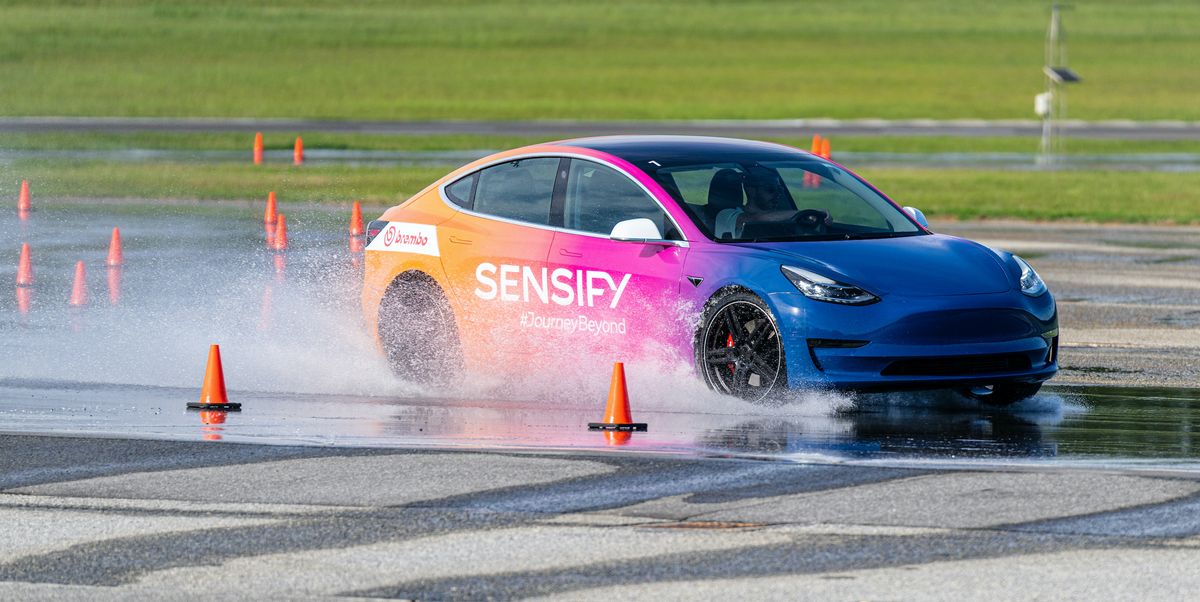Gauss Guzzler
Safety Score = 42
This is a 0-110mph run I recently logged at 81% SOC and ~25C battery temp with no charging or conditioning.
The flat 420kW peak is from 42-58mph (not 69?) and regen is pretty stable around 134kW. Note that the BMS max allowable regen starts at 120kW and creeps up to 134kW during the run, perhaps due to cell heating.
But @gearchruncher is right that 65kW regen is pretty common for a well charged cold battery not in track mode, though 85kW is the official limit per CANbus messaging when no dots are displayed, and I routinely see it reach that. Hence the point I made about the brakes feeling inconsistent during extreme driving.

The flat 420kW peak is from 42-58mph (not 69?) and regen is pretty stable around 134kW. Note that the BMS max allowable regen starts at 120kW and creeps up to 134kW during the run, perhaps due to cell heating.
But @gearchruncher is right that 65kW regen is pretty common for a well charged cold battery not in track mode, though 85kW is the official limit per CANbus messaging when no dots are displayed, and I routinely see it reach that. Hence the point I made about the brakes feeling inconsistent during extreme driving.
Last edited:




